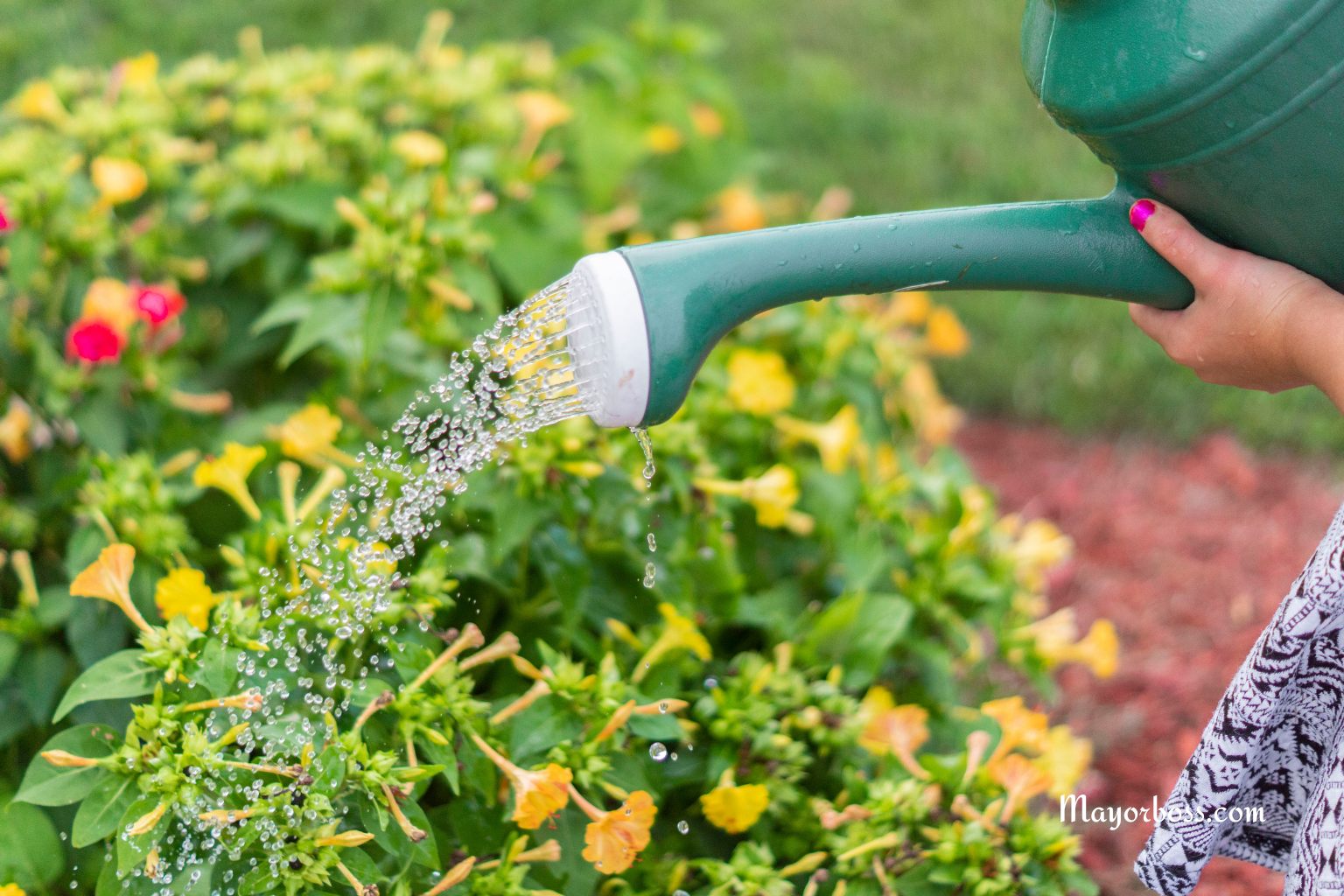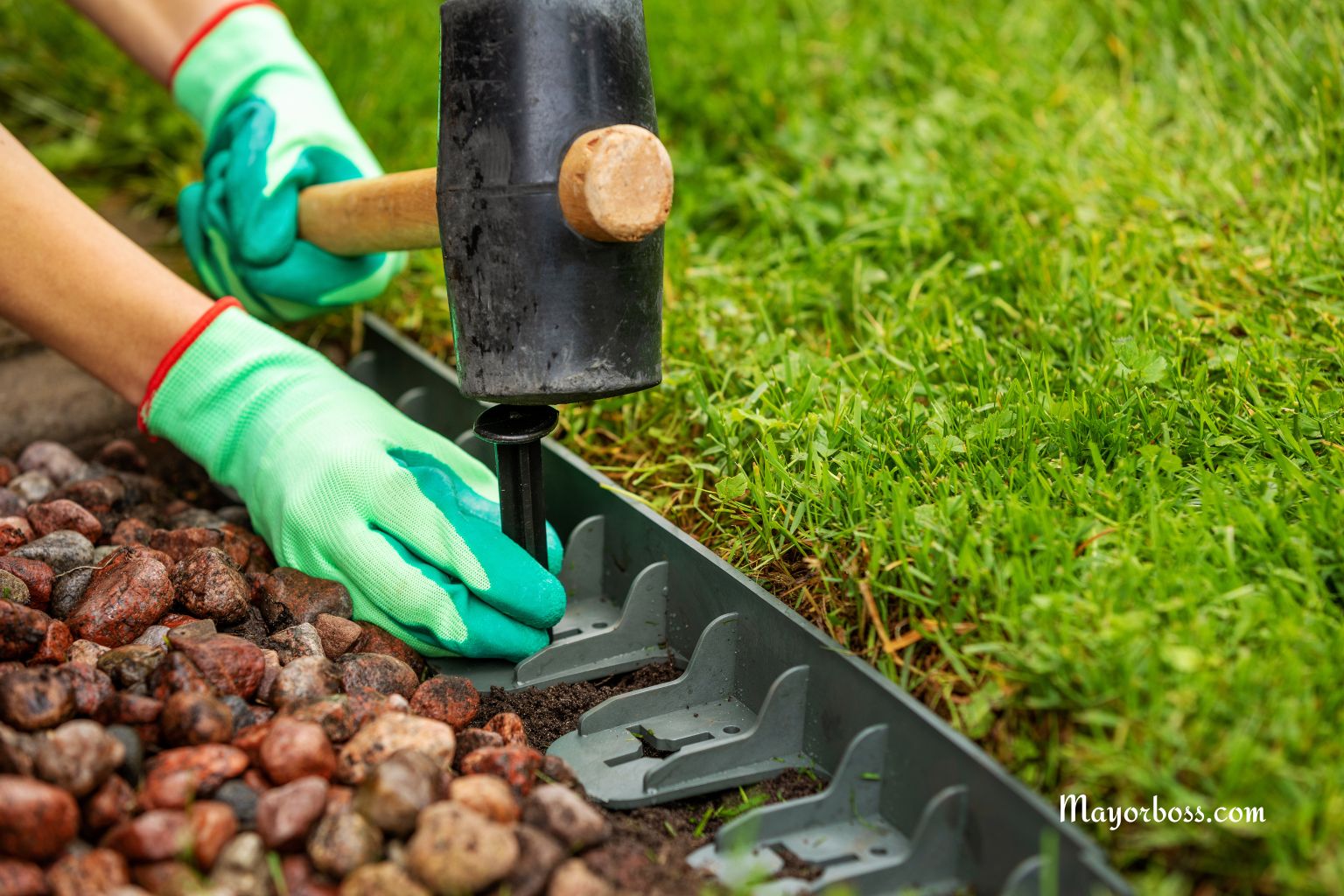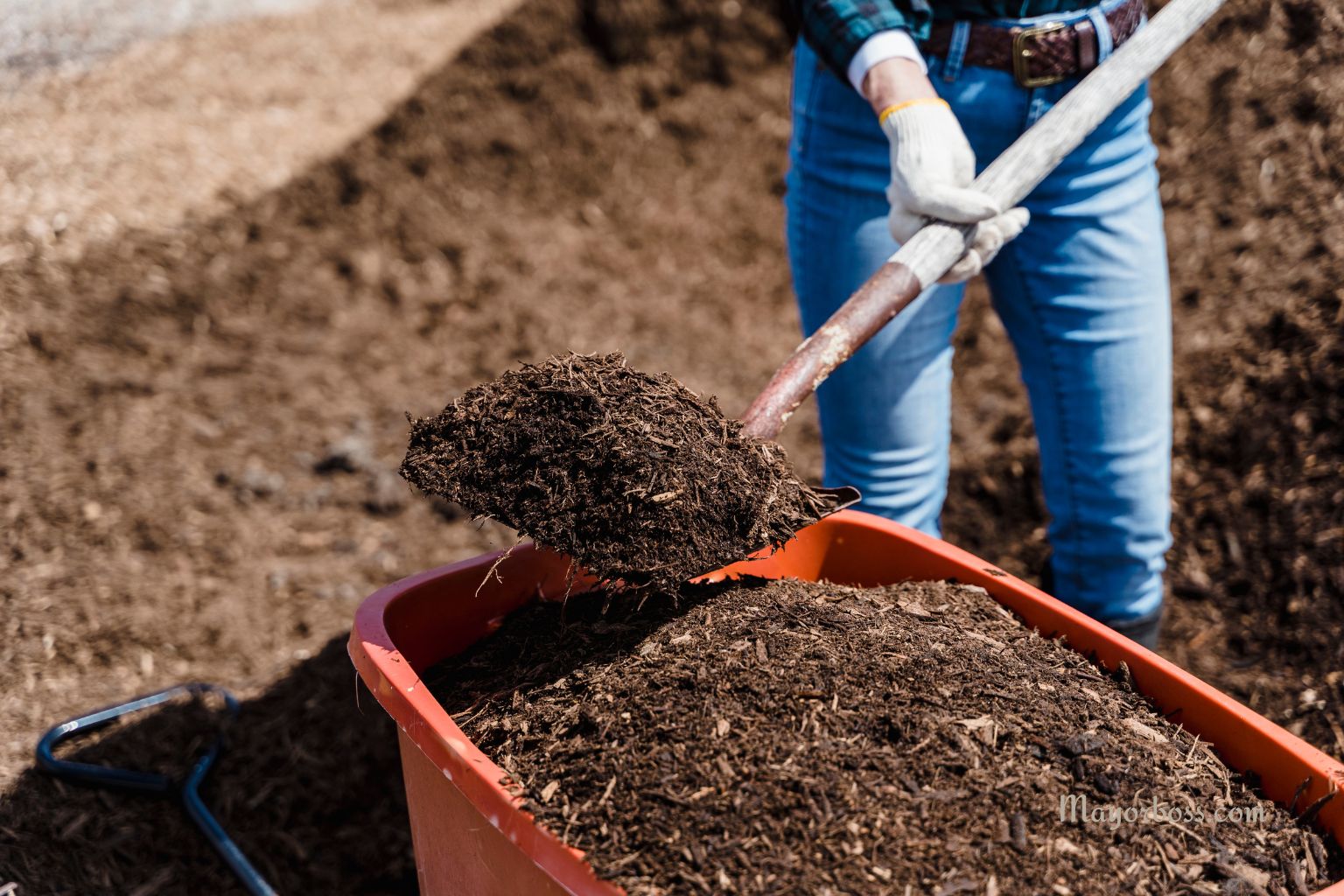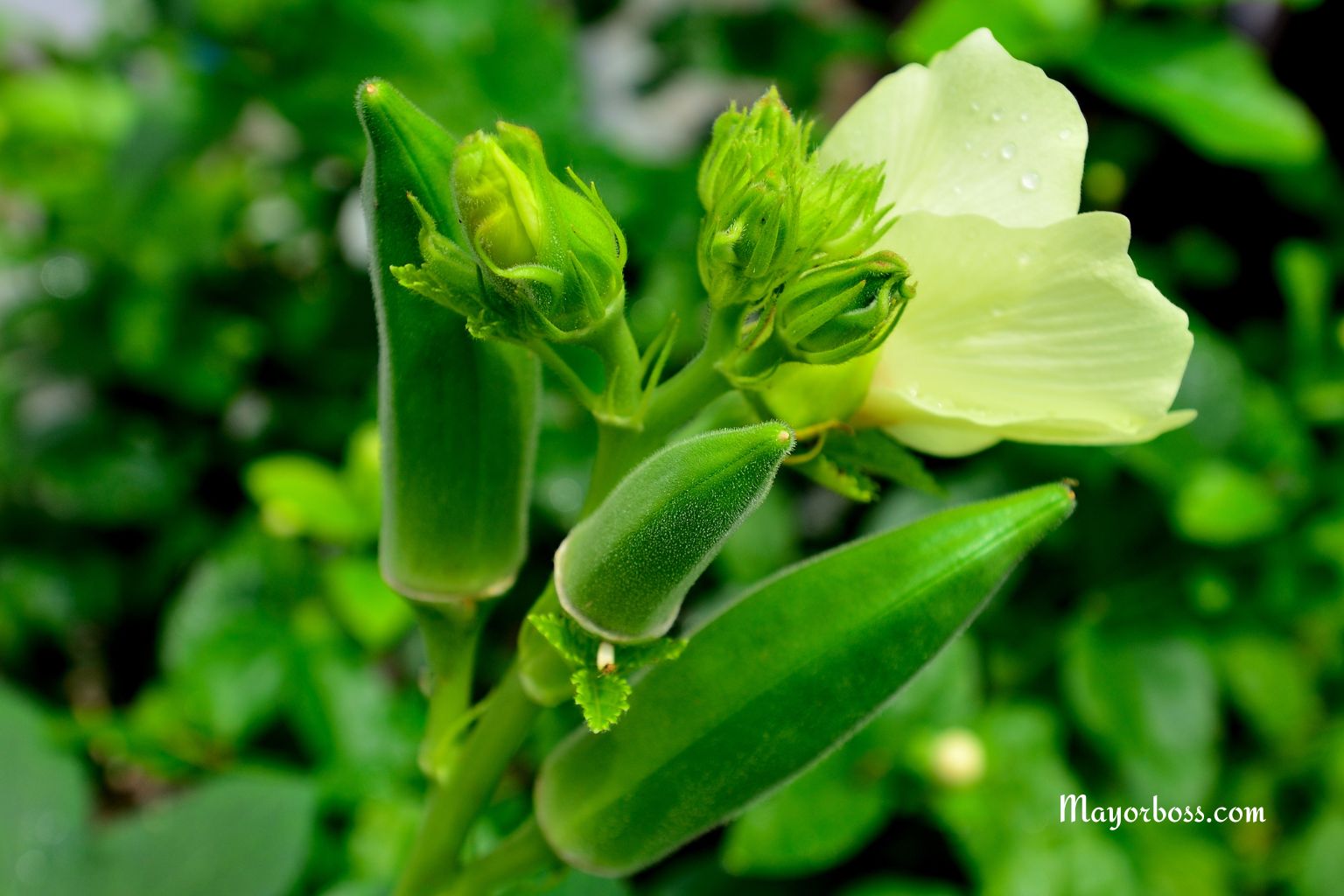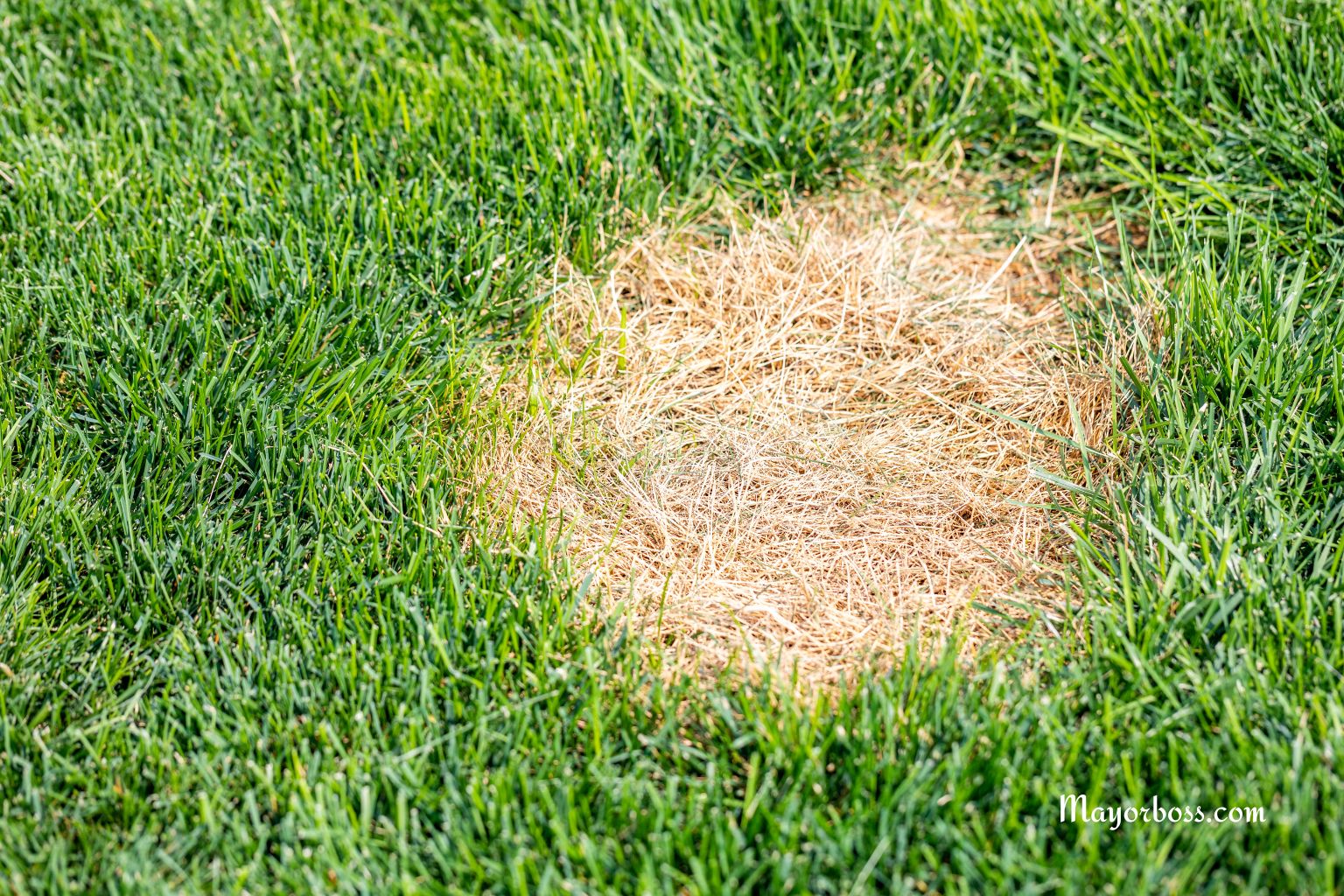How Often to Water Your Lawn in the Summer for Greener, Thicker Grass
For most lawns, water deeply two to three times a week during summer, giving about one inch of water each time. Early morning is the best time to water. Adjust frequency based on temperature, rainfall, and your soil type for the healthiest, thickest grass.
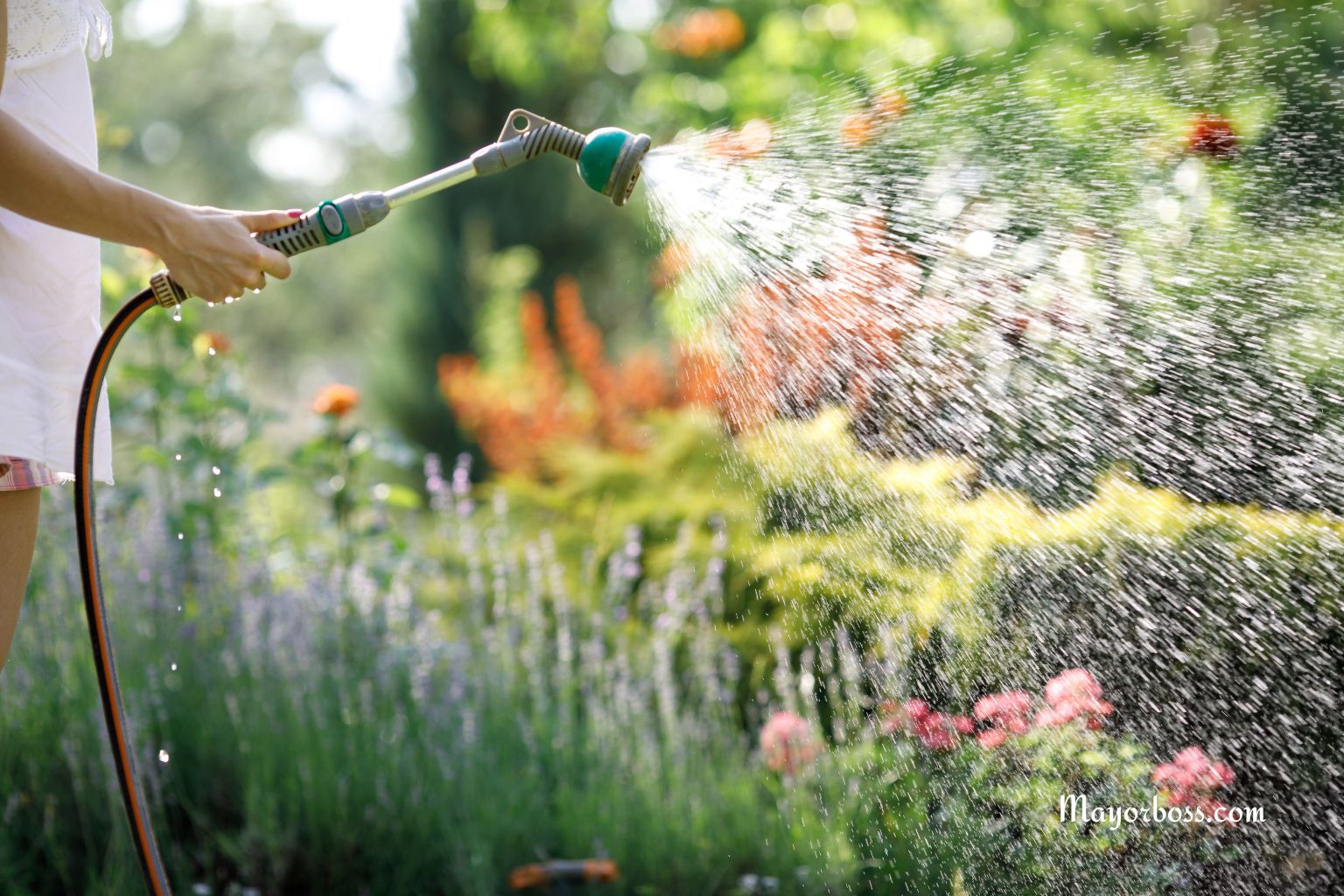
When the summer sun arrives, your lawn feels it. Heat and dry air pull moisture from the grass and the soil. Without enough water, grass turns pale, becomes thin, and can develop patches. You want to keep your lawn healthy, thick, and green, not dried out and stressed. Too little water leaves the grass weak. Too much water wastes resources and may harm your lawn.
How Much Water Does Your Lawn Need?
Most lawns need about one inch of water each week to stay healthy. During hot and dry summer months, grass may need closer to one and a half inches per week.
But it’s not just about the total amount. The way you deliver water matters just as much. Water deeply and less often, instead of shallow, frequent watering.
How Often Should You Water?
For most lawns, water two to three times per week in summer. This schedule encourages roots to grow deeper, making your grass stronger and more drought-resistant.
Here’s a simple plan:
- Cooler days or if there’s rainfall: Two times a week.
- Hot, dry spells: Three times a week.
- New grass or sandy soil: You may need to water more often, as these dry out faster.
Always adjust your schedule if you notice the grass looks stressed or if you receive steady rainfall.
What Time of Day Is Best?
Morning is the ideal time to water your lawn. Between 6 a.m. and 10 a.m. is perfect. During this window, temperatures are lower, and the wind is calmer. This means water can soak in before the heat of the day causes it to evaporate.
Avoid watering in the evening. Water sitting on the grass overnight can encourage fungal diseases. Midday watering isn’t ideal either; much of the water will evaporate before it reaches the roots.
How to Tell If Your Lawn Needs Water
Even with a schedule, it’s important to check if your lawn actually needs water. Here are signs to look for:
- Grass color: If the grass turns bluish-gray instead of bright green, it needs water.
- Footprints: If you walk across the lawn and your footprints stay visible for a long time, that’s a sign the grass is thirsty.
- Soil dryness: Push a screwdriver into the ground. If it’s hard to go in more than a few inches, the soil is too dry.
How Long Should You Water Each Time?
Run your sprinklers or irrigation system long enough to deliver about half an inch of water per session. Most sprinklers take about 30 minutes to reach this amount, but every system is different. Place a shallow container (like a tuna can) on the grass while you water. When it fills to half an inch, you’re done.
If you notice puddling or runoff, pause and let the water soak in before continuing. Clay soils absorb water slowly, so you may need to break up your session.
Factors That Change Watering Needs
Not all lawns are the same. Here are factors that affect how much and how often to water:
Grass Type
Cool-season grasses (like fescue, bluegrass, rye) often need more water during summer heat. Warm-season grasses (like Bermuda, zoysia, St. Augustine) are more heat-tolerant and can go longer between waterings.
Soil Type
- Clay soils: Hold water longer, but absorb it slowly. Water less often, but allow more time for absorption.
- Sandy soils: Drain water quickly. You may need to water more often, but for shorter periods.
Sun and Shade
Lawns in full sun dry out faster than those in partial shade. Adjust your watering plan if your yard has both sunny and shady areas.
Common Watering Mistakes to Avoid
- Watering every day: Leads to shallow roots and weak grass.
- Watering at night: Raises the risk of disease.
- Short, frequent watering: Doesn’t reach the roots.
- Ignoring rain: Skip scheduled watering if it rains enough.
Water-Saving Tips
- Mow high: Taller grass shades roots and keeps soil moist.
- Leave grass clippings: They help lock in moisture.
- Check sprinkler alignment: Make sure water isn’t spraying sidewalks or driveways.
- Use mulch in garden beds: Helps reduce evaporation near the lawn.
The Bottom Line
Water your lawn deeply two to three times a week during summer, early in the morning. Adjust for heat, soil type, and recent rainfall. With these simple steps, you’ll encourage deeper roots and create a lush, thick, green lawn, even in the heat.
Frequently Asked Questions
1. How can I tell if I’m overwatering my lawn?
If your lawn feels soggy, has mushrooms growing, or develops yellow patches, you may be watering too much.
2. Should I water my lawn after it rains?
If rainfall provides an inch or more, skip your next scheduled watering. Always check soil moisture before watering again.
3. How do I measure one inch of water?
Place an empty tuna can or rain gauge on your lawn while watering. When it fills to one inch, you’ve given your lawn enough.
4. Can I water during a drought or water ban?
Check your local guidelines. In many areas, you must limit watering or use only at certain times. Focus on deep, infrequent watering if restrictions apply.
5. Will watering at night harm my lawn?
Yes, watering at night can encourage fungus and disease because the grass stays wet for too long. Early morning is best.


